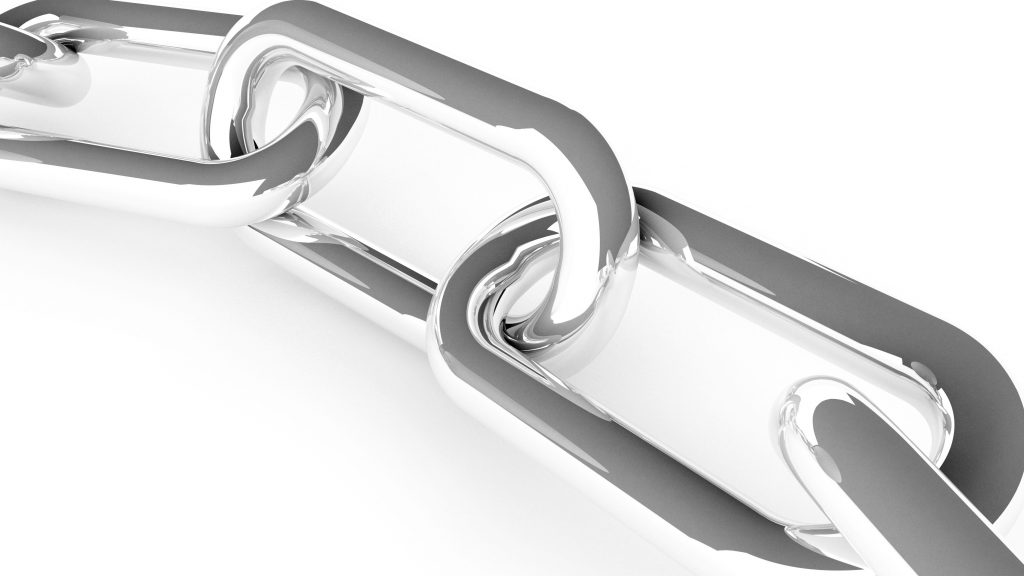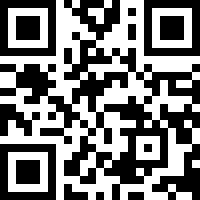Faithful readers of this blog know that there are two kinds of chains that IDLogiq works with – supply chain and blockchain.
Today we’ll be talking a bit about how each works, and how changing the way they’re each used can revolutionize the safety and integrity of the marketplace.
The supply chain is the journey a product takes from its point of manufacture to wherever it finally gets used. While everything is different, there is almost always at least a manufacturer, a distributor, and a consumer. As we’ve discussed in the past, medicines have intermediaries all along their chains, as do other products. The original manufacturer is rarely the distributor, and the distributor rarely sells directly to the customers. There are production facilities, trucks, distributor warehouses, more trucks, pharmacy warehouses, more trucks, pharmacies, cars, and homes. It’s not simple, and every one of those points has the potential for sabotage.
It’s not the only supply chain, either. Every ingredient in each medicine has its own separate supply chain. Individual components are made in separate labs and distributed along its own route. For instance, the active ingredient in Aspirin is acetylsalicylic acid. The salicylic acid is derived from willow tree bark and then reacted with acetic anhydride, which can only be made in a lab from chemicals (and each of those chemicals has its own supply chain). There are other ingredients, of course, each with their own methods of production and distribution.
Ultimately, that one little aspirin in your mom’s purse has a very complex history.
Of course, every one of these supply chains has regulation systems and each drug and ingredient is watched by multiple agencies. In many cases, however, the regulations are more lax than they should be. The quality of anything can be compromised, and as they say, a chain is only as strong as its weakest link.
The question is, then, how can supply chains be watched over better? The answer is with blockchains.
Blockchain is an emerging technology which tracks transactions using every system on the chain, rather than one central database. Every connected device helps complete parts of the whole database – called blocks – and connects them to each other in a chain. While it has the potential to be slower than traditional models, which is when every device has to get its information from a central server, making every device part of the blockchain allows for much greater transparency and security.
Because each device has a copy of the entire ledger from beginning to end, it’s almost impossible to fabricate false information and scam the system. A central server can be compromised by outside hackers or inside programmers. Even simple corruptions of data, which can mess up a normal online transaction, will be unable to proliferate on the blockchain thanks to the constant checking. This also allows for much greater transparency in the process. Since every device has a copy of the ledger, no one can lie about what they’re doing.
The first major use of this type of information storage system was the cryptocurrency Bitcoin. It works by transferring data between users in a way that all other users can see. Even as anonymity is protected, the transactions are still out in the open. Using this type of system can completely change how other methods of communication work. Ethereum uses blockchain technology to create and enact smart contracts, which are enforced thanks to every user being able to see what’s going on.
Imagine what this could mean for supply chains. If every barcode scanned at every location is checked against every other instance of that scan, then fake products, be they components or completed goods, will have an exponentially more difficult time finding their way into the supply chain and into the hands of consumers.
At IDLogiq, we’re always thinking about the two chains – supply chain and blockchain. The two could not be any more different, and yet combining them will revolutionize how business is done in the future, making the marketplace a safer proposition for everyone.


